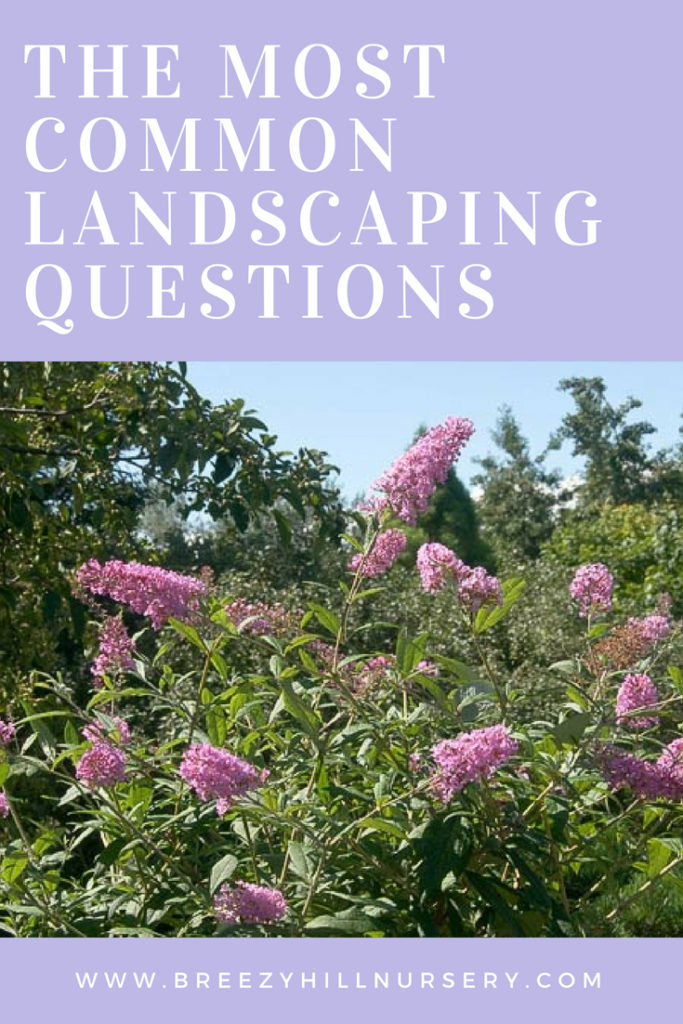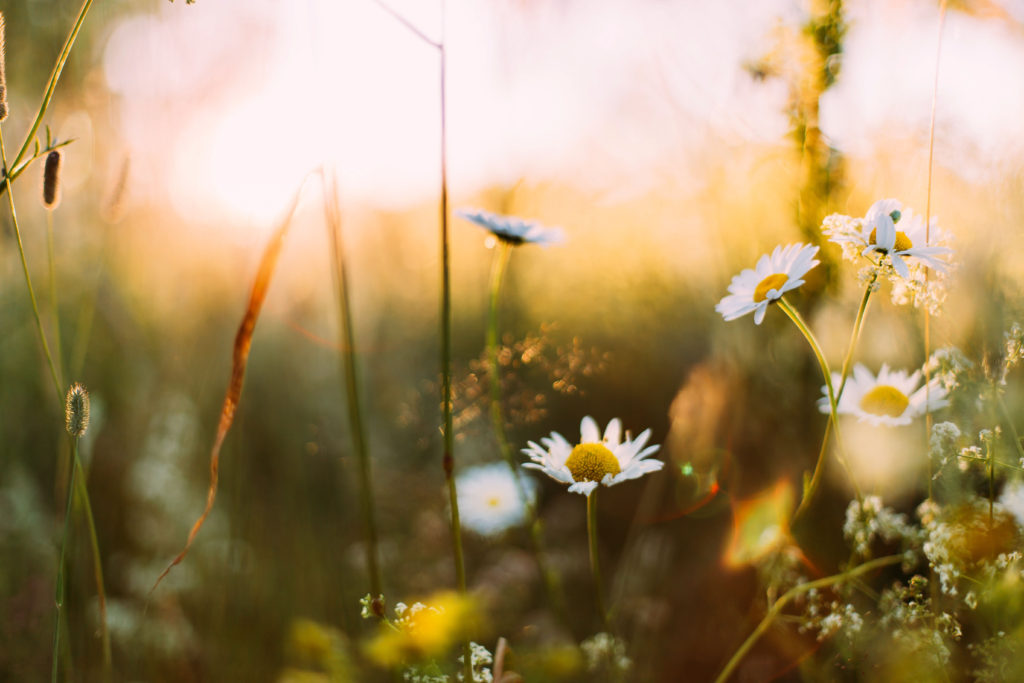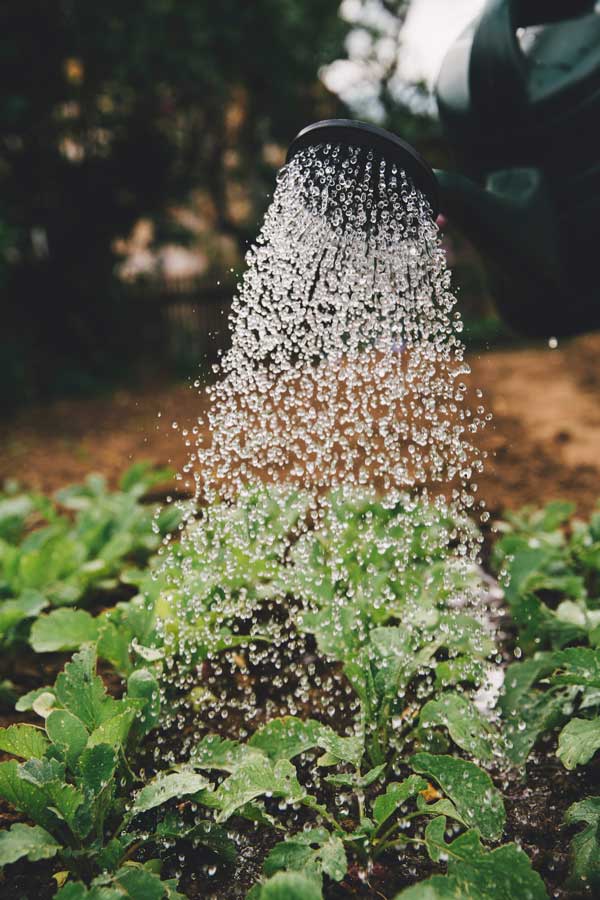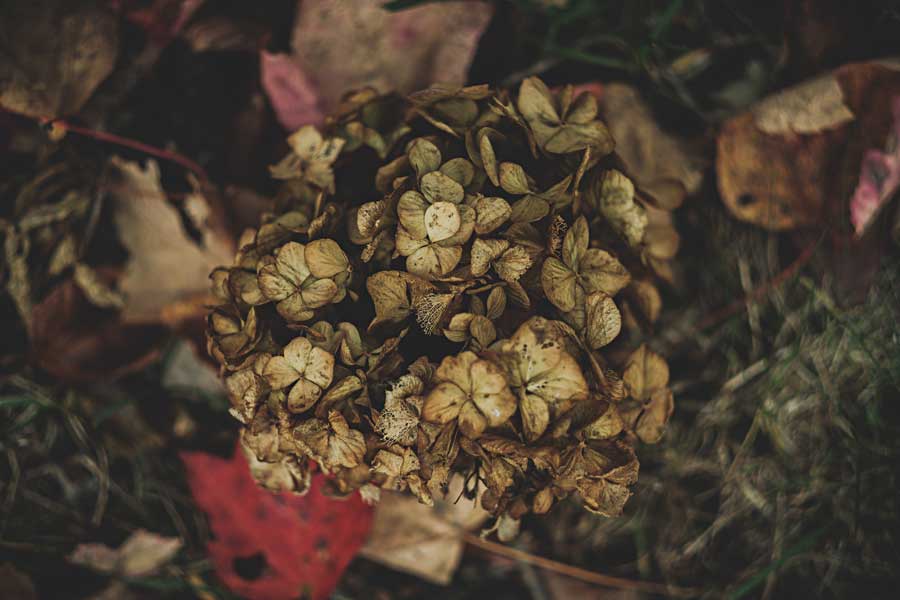The Most Common Landscaping Questions

The Most Common Landscape Questions

How much sun is considered full sun?
Full sun is considered to be over 6 hours of unobstructed light each day. Partial sun ranges between 3 and 6 hours, and shade is considered to be less than 3 hours of light each day. Typically, the sunniest areas will be the west and south sides of your home unless shaded by large trees or other buildings. The best way to determine sun levels for the area in question is to check it every hour on a sunny day. Take notes and observe how the sunlight moves through your property during the course of a day.

When and how much should I be watering?
To water or not to water, that is the question. It can be very difficult to know sometimes, and there is not always a 100% right answer. There are many different factors that need to be considered.
- Does the plant require moist or dry conditions?
- Has it rained?
- Is it windy?
- Is it hot and sunny
- What time of year is it
- How long has the plant been established?
To complicate matters even more, symptoms of under-watering can look very similar to over-watering. Leaves turn brown and wilt. However, when plants are under-watered, the leaves tend to be dry and crisp. If over-watered, the leaves are often soft and limp. Repeated over-watering can lead to root rot and may eventually kill the plant.
The best way to determine if your plants need water is to regularly check the soil for moisture.
- On smaller shallow-rooted plants you can do this simply by inserting your index finger into the soil near the roots. Stick your finger 1-2” down into the soil. If the soil feels moist, it is fine. Don’t water. Check it again tomorrow. If the soil is dry, water deeply. With trees and larger plant material, it is necessary to check for moisture deeper in the ground.
- To check for moisture deeper in the soil, you need to take a sample with a tool called a soil probe. To take a soil sample, the probe is inserted into the soil, twisted, and withdrawn. Once removed from the ground, the small soil sample is examined to determine the extent and depth of moisture in the soil.
Once your plants do need irrigation, water deeply and avoid getting a lot of water on the leaves and flowers. It is far better to water less often and deeply than more frequently and shallow.
- Deeper less frequent watering will cause plant roots to grow further down into the ground. Deeper rooted plants can draw on water that is deeper in the soil and are therefore better able to withstand temporary periods of drought
Whenever possible, it is best to water in the morning...
- Morning watering supplies plants with ample moisture to get through the hottest sunniest part of the day
- More importantly, it allows time for foliage to dry
- When vegetation is watered in the evening or at night, moisture sits on the leaves and increases the chance for fungal diseases.
General watering instructions:
Annuals in the ground: These are very small shallow rooted plants. Watering will have to occur more often, possibly every three days. However, if the soil is getting very dry between waterings and the plants are beginning to wilt, you will have to water more often.
Annuals in pots and baskets: These plants have small and shallow roots. Plants in containers need more frequent watering because the soil is lightweight and there is relatively little of it. Watering is generally recommended every day to every other day. During hot and windy weather, you should check them a couple of times a day because they can dry out very quickly. For hanging baskets, a quick trick is to lift them from the bottom with one hand. Over time, you will be able to tell what a well-watered basket feels like and what a basket that needs to be watered feels like.
Annuals: For annuals water with a gentle spray or stream. Anything that has too much power could actually break the delicate plants and knock off flowers. To water plants deeply, water until slight pools form on top of the soil. Allow time for the water to sink in before watering again. In times of hot dry weather, repeat until the root zone is thoroughly saturated. Furthermore, the addition of a water-soluble quick release fertilizer like Miracle-Gro® every week or two will help keep these overachievers blooming all season long.
Perennials: In general, a well established perennial garden needs 1” of water a week. If we do not get 1” of rainfall, you need to add supplement watering. Watering can be done by hand, sprinklers, or soaker hoses. Use a gentle spray or stream to avoid damage to plants and blossoms. Again, water deeply and less frequently. If the ground is very dry, you may want to use a soaker hose for 1.5 to 2 hours. Use sprinklers for slightly shorter periods, they put out more water, perhaps 1 to 1.5 hours. In addition to watering, fertilizing your perennials can help keep your plants vigorous and healthy. You can use a granular slow release 10-10-10 fertilizer or Milorganite twice a season or use a quick release soluble fertilizer like Miracle-Gro® every couple of weeks.
Trees and Shrubs: For the first year that your trees or shrubs have been planted, it is most likely that you need to do supplement waterings. To best water trees and shrubs, set a hose near the base of the plant and leave it on a very slow trickle for about 2 to 3 hours. You can also use a drip hose or sprinkler if you have many plants in the same area. Remember, it is best to water deeply and less frequently. If newly planted trees and shrubs do not receive at least 1” of rain per week, water deeply to saturate the root zone. During dry spells, second-year plants should be watered every other week and third-year plants every three weeks. After three years, most trees and shrubs are able to take care of themselves but may still need supplemental water during extended periods of drought. In addition, supplemental water and fertilization may also be necessary to help stressed plants recover from salt damage, disease, or insect injury.

What is the difference between Breezy Hill’s screened topsoil and composted soil?
The screened topsoil has been run through a screening process to remove stones, clumps, and other unwanted items like sticks. Its fine uniform texture makes it great for seeding and general landscaping. Composted soil is a 50/50 mixture of compost and screened topsoil. It can be used in lawns but is great for gardens and new plantings where you need more nutrients and better drainage.
How many cubic yards are there in a ton?
This depends on what type of material you are talking about. A cubic yard is a measure of volume and a ton is a measure of weight. The two will be different every time depending on the material. Also, there can be different densities within the same material like stone from different quarries and differences in mulch from water weight after a rain.
Approximate Examples:
1 cubic yard of topsoil - ranges from 1 to 1.5 tons per cubic yard
1 cubic yard of mulch - ranges from .35 to .75 tons per cubic yard
1 cubic yard of decorative stone - ranges 1.15 to 1.5 tons per cubic yard
Helpful Formulas:
Square footage of a rectangle or square is length times width L x W= square footage
Square footage of a triangle is half the base length times the height (L x H) / 2 = square footage
The radius of a circle is on half of the diameter Diameter / 2 = radius
Square footage of a circle is π times radius squared 3.14 x (radius times radius) = square footage
Perimeter or circumference of a circle is 2 times radius times π 2 x radius x 3.14 = perimeter or circ.
Cubic feet is square feet times height Square Feet x H (in feet) = Cubic Feet
To converting inches in feet you would divide the number of inches by 12 8” / 12 =.66 feet
What is the coverage of a cubic yard of material?
One cubic yard of material is 27 cubic feet. To figure out coverage you will need, multiply length x width x height (L x W x H). For example, if you are going to be installing composted topsoil into a new garden that is 15 feet by 20 feet and you want it installed at 3” thick you will take 15 x 20 x .25 (3 divided by 12 translates inches into feet) which equals 75 cubic feet. Then you would divide 75 cubic feet by 27 cubic feet per cubic yard to get 2.77 cubic yards. Therefore, to install 3” of composted soil to a 15’ by 20’ garden you would need 2.77 cubic yards.
For easier mathematics, you can use these “magic numbers”. “Magic numbers” are nothing more than mathematical shortcuts that make calculations faster and easier. Figure out the square footage of an area the same way by multiplying the length by width. Then divide the square footage by the appropriate “magic number” listed below.
3” of depth = 108 2” of depth = 162 1” of depth = 324
Following our example for the above 15’ by 20’ garden, 300 square feet is divided by the “magic number” 108 for 3” of composted soil giving us the same 2.77 cubic yards. If we wanted to change our depth of soil to 2” instead of 3”, we could then take 300 square feet and divide it by 162 and giving us 1.85 cubic yards.

What should I use when planting my new nursery stock?
Soil additives are important to the success of your new plant material. There are many good options out there, and they all have their benefits. Some of our favorite amendments are peat moss, composted manure, and or composted soil.
Peat moss is great for adding organic matter to our challenging soils. It has the ability to absorb 20 times its weight in water which makes it great for holding water around new plantings. Its high water holding ability is helpful in retaining moisture and nutrients in light sandy soils. Peat moss also loosens heavy clay soil helping water and oxygen to reach plant roots.
Composted manure is a great way to introduce organic matter and nutrients to your plants. It is a good natural source of plant nutrients and the organic matter it contains loosens heavy soil and helps the light sandy soil retain water and nutrients. The organic matter also acts as a food source for beneficial organisms which continue to improve the soil structure and add further nutrients. Manure that has not been sufficiently composted is not recommended because it is too strong and can actually burn plants.
Composted soil which is a 50/50 mixture of compost and screened topsoil is a very easy way to add organic matter to an individual plant or an entire bed. It is not as strong or effective as composted manure or peat moss, but some people find it easiest to work with. It has all of the benefits of the other soil additives but is diluted by mixing it with soil.
Like everything else in life, too much of a good thing can be bad. Likewise, you do not want to add too much soil amendments when planting, never more than 50%. If the plant finds the amended soil too nice in the planting hole, you run the risk of the roots not growing into the poorer quality surrounding soil. This is condition is known as the “bath tube effect” and can cause the plant to have less stability against the wind, poorer growth, and girdling roots. A girdling root is caused when a root grows across the trunk of the tree or shrub strangling off the plant’s food and water supply. A girdling root is a very serious condition which decreases health, stunts growth, and can eventually kill the plant.

How can I tell if my plant is dead?
The easiest way to check if a plant is alive is to look for green tissue in the small outer branches. You can do this by using pruners and removing a handful of smaller branches from different locations around the plant. If the wood inside of them is light green your plant is alive. If the wood is tan in color, hard, and brittle, your plant is most likely dead. Because it is common for plants to have a dead branch or two, it is important to check several locations on your plant before you declare the entire plant dead. For more common problems here is a good resource.
NOTE: Any of our sales associates here at Breezy Hill Nursery would be happy to answer your questions about planting and caring for your tree. Call us at (262) 537-2111.
If you have gardening questions please call or stop by our garden center.
You might also enjoy this post about trees.

Comments are closed.